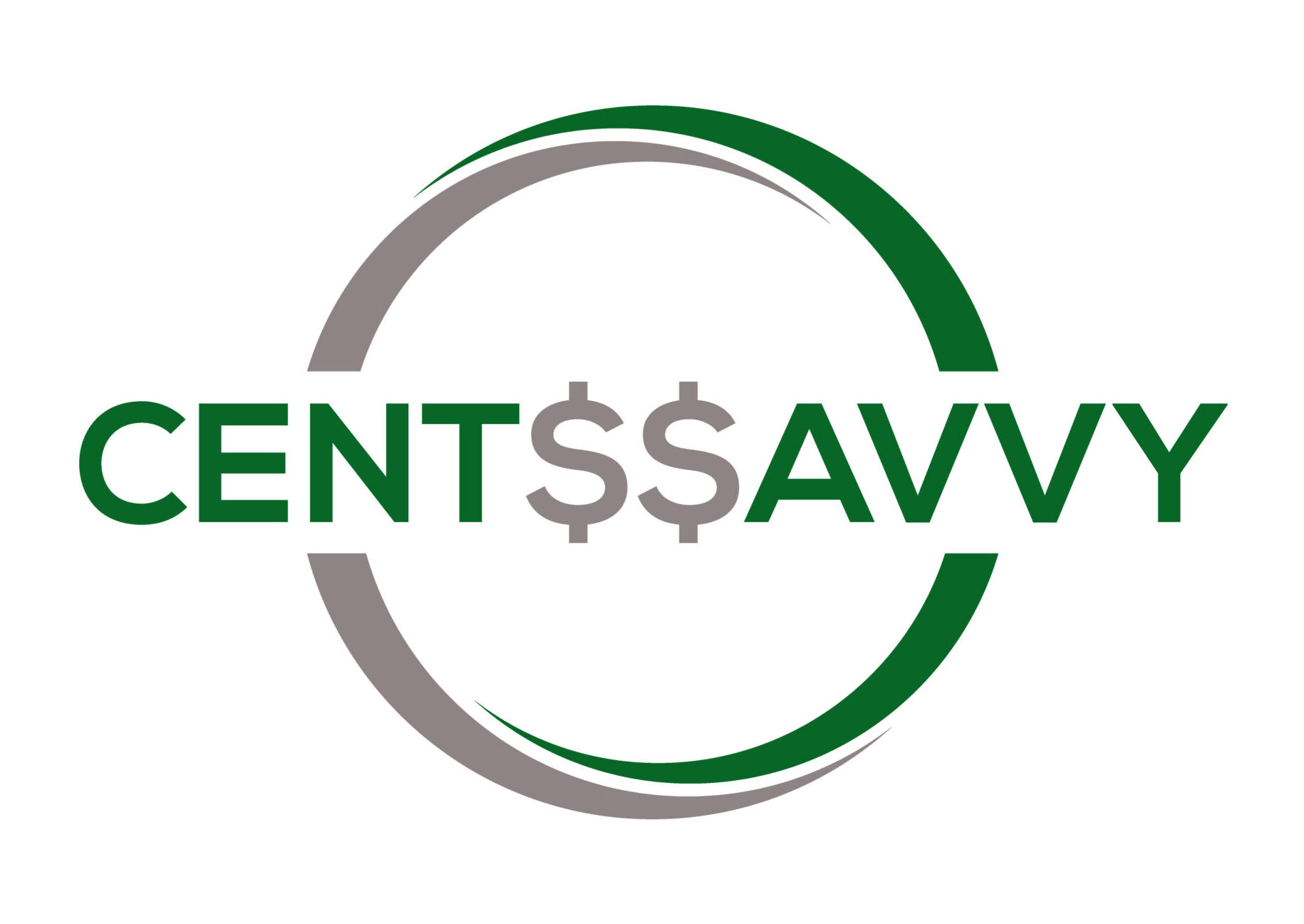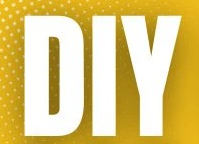How an Affordable DIY Credit Program Can Take You from Bad to Excellent Credit
Your credit score plays a critical role in your financial health, influencing everything from loan approvals to interest rates and even job opportunities. If you have bad credit, you might feel stuck, but the good news is that you can turn things around. You don’t need expensive credit repair services—an Affordable DIY Credit Program can help you go from bad to excellent credit on your own terms.
In this guide, we’ll break down how a DIY credit repair program works, step-by-step strategies for success, and how you can take control of your financial future today.
Go from Bad to Excellent Credit Fast with This Affordable DIY Credit Program
Understanding the Credit Score Scale
Before diving into credit repair, let’s break down the credit score ranges:
- 300-579 – Poor Credit
- 580-669 – Fair Credit
- 670-739 – Good Credit
- 740-799 – Very Good Credit
- 800-850 – Excellent Credit
If your credit score is in the poor or fair range, you may struggle to get approved for credit cards, loans, or mortgages. Even if you are approved, you’ll likely face higher interest rates and unfavorable terms.
But with an Affordable DIY Credit Program, you can take proven steps to boost your credit score and move toward excellent credit—fast!
Affordable DIY Credit Program: Your Step-by-Step Guide to Excellent Credit
Step 1: Check Your Credit Report
The first step to fixing your credit is knowing what’s on your report. You’re entitled to a free credit report from Equifax, Experian, and TransUnion at AnnualCreditReport.com.
Carefully review your report for:



Step 2: Dispute Credit Report Errors
If you find mistakes, disputing inaccuracies can give your score a quick boost. Follow these steps:
1. Write a dispute letter to the credit bureau listing the incorrect information.
2.Include supporting documents (bank statements, payment records).
3.Submit the dispute online, via mail, or by phone.
4.Follow up to ensure corrections are made.
Removing negative errors from your report can improve your score significantly—sometimes by 50-100 points within 30-60 days!
Step 3: Lower Your Credit Utilization Ratio
Your credit utilization (how much credit you’re using compared to your limit) makes up 30% of your credit score. Keeping this ratio low is key to improving your score.




Step 4: Pay Bills on Time (Every Time!)
Your payment history accounts for 35% of your credit score—making on-time payments the most important factor in building excellent credit.



Late payments stay on your credit report for seven years, but the impact lessens over time. The sooner you start making on-time payments, the faster your score will recover.
Step 5: Build Positive Credit History
Having a long and strong credit history improves your score. Here’s how to establish or rebuild credit:



If you don’t have much credit history, these strategies can help establish a strong foundation for excellent credit.
Fix Your Credit the Smart Way: Affordable DIY Credit Program for Success
How Long Does It Take to Go from Bad to Excellent Credit?
Credit improvement doesn’t happen overnight, but following a structured Affordable DIY Credit Program can speed up the process.




While timelines vary, many people see credit score increases within 3-6 months by following these strategies.
From Bad to Excellent Credit – The Affordable DIY Credit Program That Works
Common Myths About Credit Repair






How an Affordable DIY Credit Program Can Help
A structured DIY credit repair program gives you the tools and knowledge to fix your credit on your own without costly services.
With the right steps, persistence, and financial discipline, you can go from bad to excellent credit and take control of your financial future!
Start Your Credit Repair Journey Today!
If you’re ready to boost your credit score and achieve financial success, take action now! At Cents Savvy, we offer expert guidance to help you navigate the DIY credit repair process with ease.
Our Affordable DIY Credit Program includes:




Final Thoughts
Your credit score doesn’t define you, but it does impact your financial opportunities. By following an Affordable DIY Credit Program, you can take proven steps to fix your credit, build a strong financial foundation, and achieve excellent credit status—all without breaking the bank.
Start today, stay consistent, and watch your credit score rise!


